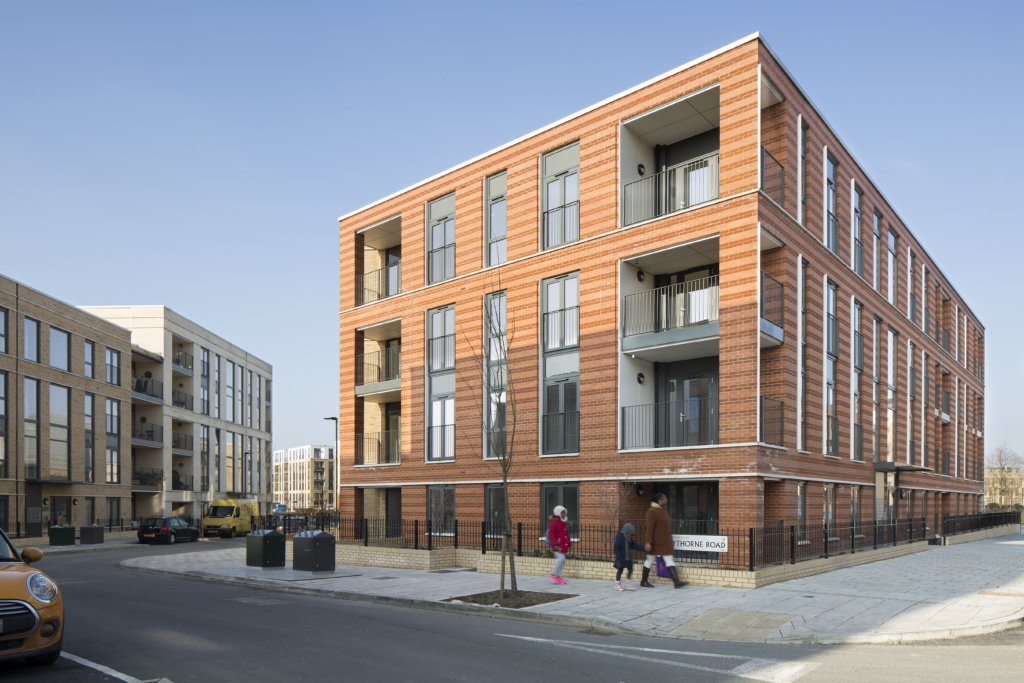Wednesday 8th May 2024
Earlier this month, the Financial Times reported a stark warning from housing associations: “We can’t build houses.” Some said they had ceased all new development for the coming financial year; others said the system was “maxed out”.
A perfect storm of high interest rates, inflation, low government grants and rising construction costs, as well as net zero and remediation obligations, means traditional registered providers (RPs) are struggling to build. Put simply, the finances do not stack up. In fact, housing associations say building new affordable homes is becoming financially impossible, which is worsening the downturn in supply.
Alongside this, demand continues to grow. In 2022, there were 1.2 million households on social housing waiting lists. Statistics released last month show this has increased by 6% to 1.29 million. In 2021-22 alone, 173,550 households who received a social letting were new to the social sector. Meanwhile, households in temporary accommodation now number more than 109,000, with costs exceeding £1.74bn in 2022-23. Something has got to give.
What the FT piece neglected to mention was that for-profit RPs (FPRPs) are moving into the space and helping to bridge the gap. There are 69 FPRPs registered with the Regulator of Social Housing – two of these owned by Pinnacle. With this number continuing to rise, albeit at a slower pace, it is clear institutional investment’s role in the sector is vital and will continue to grow. There is a real opportunity for traditional RPs to support this growth.
In 2023, I was part of a working group, drawn from the British Property Federation’s (BPF’s) Affordable Housing Committee, that developed a toolkit to provide greater understanding of partnership models for investors and RPs. Its aim was to boost the delivery of affordable homes by providing greater understanding of how investors and housing associations can collaborate.

Encouragingly, a recent Savills survey of traditional housing associations revealed that 89% would consider a partnership with a for-profit and 43% are already working with them in some way. The ever-growing pressure on housing associations to find alternative sources of investment is shifting attitudes among traditional RPs. Five years ago, an earlier survey found that only 62% of traditional housing associations thought that for-profits had any part to play in solving the housing crisis.
It is clear there is a rapidly growing recognition of the role equity has to play in unlocking financial capacity. This collaboration is set to be key in the sector’s future growth.
Capital funding
Rapidly scaling up long-term institutional investment in the sector is vital to boosting affordable housing supply. Analysis by L&G and the BPF reveals that £34bn is the additional capital funding needed per year to meet demand.
But if we are to scale up, we must create the conditions to encourage private capital to enter the sector. These include longer-term rent settlements, a review into subsidy provision and the creation of a level playing field between traditional RPs and their for-profit counterparts. New tax and grant initiatives would remove obstacles for closer collaboration between institutional investors and RPs.
As the gulf between supply and demand broadens, the housing crisis is set to take centre stage in the upcoming general election. It is already shaping up to be a key battleground, with the industry and communities patiently waiting to hear how parties intend to address the issue should they retain or take power. Whichever party wins, they need to adopt a pragmatic approach, acknowledging the role institutional investment has to play in delivering the affordable homes the country needs.

Claire Kober
Managing Director (Homes), Pinnacle Group
This article was originally featured in Property Week, on 1st May 2024.